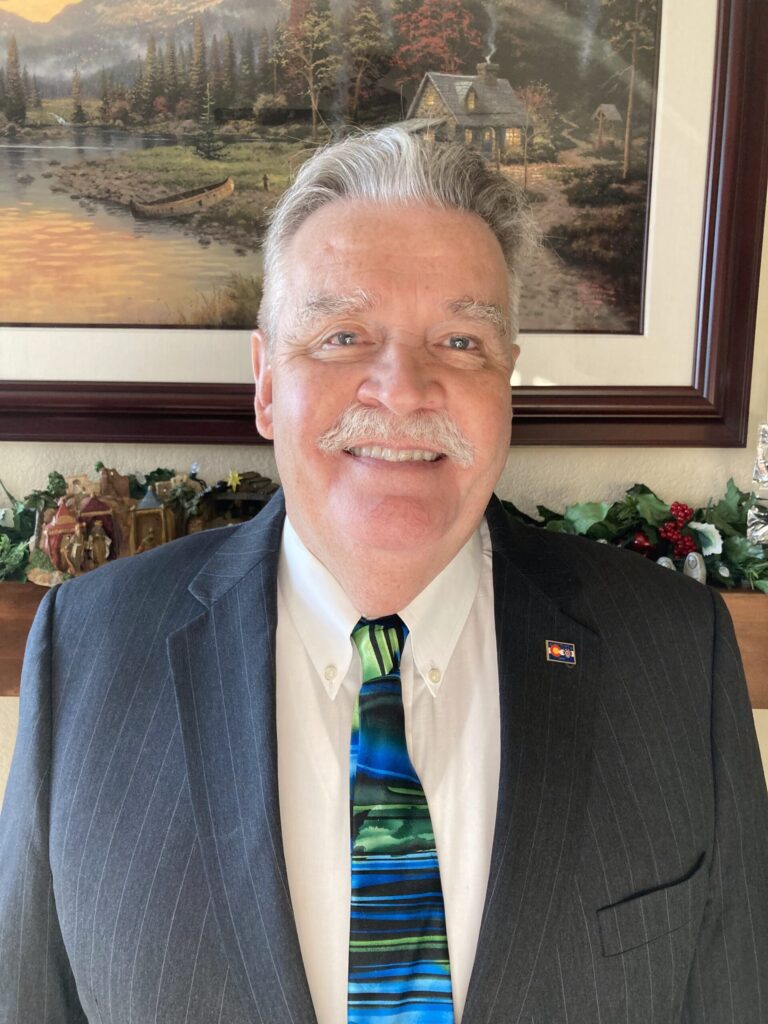Support eastern Colorado — build Ports-to-Plains | OPINION


In the last election, we saw, as in years in the past, various candidates running for state and federal office make a pilgrimage to Colorado’s eastern plains. In seeking votes, candidates professed their appreciation and love for farming, ranching and the eastern plains. They promised if elected, they were committed to taking actions toward improving the economy in this part of the state.
Unfortunately, it’s likely little will have changed before the next election rolls around and, if so, possibly for the worse as the eastern plains loses more people and businesses.
It isn’t that the candidates were not sincere but they have no real answers. In most cases they speak in broad terms without specifics. In the end they may deliver on some stop-gap solutions such as federal grants that may infuse some funds in the area for a few years. Those projects will do little to change the trajectory of the area’s economy or longer-term prospects for the eastern plains.
Stay up to speed: Sign-up for daily opinion in your inbox Monday-Friday
Groups like Progressive 15 and Action 22 do a great job of representing and promoting the interests of businesses and residents in eastern Colorado. Unfortunately those groups and the local governments there, alone, don’t possess the political power, economic means or investment capital to affect the needed changes. Some form of state and federal assistance will be needed.
To be clear, though, the people of the eastern plains are not seeking a handout from government but rather an arm up to ignite economic growth and generate jobs in the area. They merely wish the tools to build their economy and be in a better position to compete for manufacturers, distribution centers, and other businesses. Those businesses would not only generate economic growth but would provide jobs and greater opportunities for residents and young people along with enhancing the tax base not only in those areas but also for our state.
Local officials and business leaders in eastern Colorado realize for such a change to occur something truly transformative from an economic development perspective is needed. Something that will not only infuse money and jobs in the short term, but provide economic expansion and opportunities in the future.
They have an answer but few appear to be listening.That solution is to complete construction of the Ports-to-Plains Corridor in Colorado which would be part of a north-south highway stretching from Laredo, Texas on the border with Mexico to Interstate 70. In Colorado the route begins along U.S. 287 near Springfield in the southeast corner of the state and travels north to Lamar and Kit Carson at which point it follows U.S. 40 to Limon where it connects with I-70 for the final leg into Denver.
Recent federal legislation designated sections of the Ports-to-Plains Corridor in Texas and New Mexico as a future interstate highway and the corridor partners are hoping to see other states along the corridor support a similar designation. Such a designation would help in funding the completion of the highway to make it at least a four-lane roadway throughout the corridor to better accommodate freight and passenger movement.
Over the years one thing we have found is the important linkage of transportation infrastructure and economic development. Throughout the country one can see numerous examples where the proximity to a major highway corridor has allowed small communities to blossom while those without such access struggle.
Overall the cost to build out Ports-to-Plains in Colorado is estimated to be $3 billion. Though that may sound like a great deal of money, it equates to the cost of making a limited amount of roadway and bridge improvements in the Denver metro area. Being that I-25 is the only major north-south highway that traverses the entire state, Ports-to-Plains offers an opportunity to improve congestion on I-25 by moving a significant number of interstate trucks over time to this new corridor to the east. The long-term transportation benefits far outweigh the costs over time. In addition, moving this traffic outside of the Denver metro area would reduce emissions in that area, which is categorized as a non-attainment area for certain pollutants.
More importantly than removing traffic from I-25, Ports-to-Plains would serve as a much needed engine for growth for eastern Colorado. Drive along any major interstate and one can see many businesses proximate to the highway who depend upon good access to transportation. Manufacturers are attracted to these areas because they provide ready access to bring in raw materials for manufacturing and ship finished products to customers. Distribution centers seek out locations on these corridors as collection points for redistribution of products to various regions. The Ports-to-Plains corridor has large blocks of vacant land that may provide these businesses the ability to build the large facilities needed by them and expand in the future.
Some will say “not now, maybe later” for Ports-to-Plains. This has been a consistent refrain heard by residents of eastern Colorado for many years. The problem is “later” never comes. Meanwhile the eastern plains continues to lose jobs and people. Of particular concern is the impact it’s having on younger people who feel there are few prospects for them in the future.
People in eastern Colorado have waited too long for “later” to come, “now” is the time to build Ports-to-Plains.
Greg Fulton is the president of the Colorado Motor Carriers Association, which represents more than 600 companies directly involved in, and affiliated with, trucking in Colorado.













